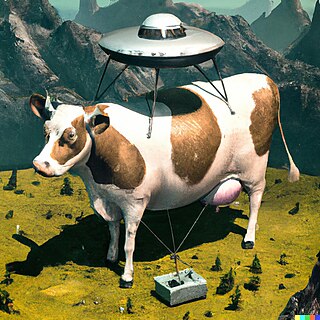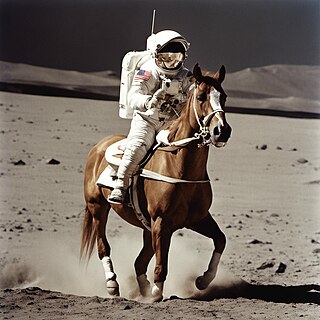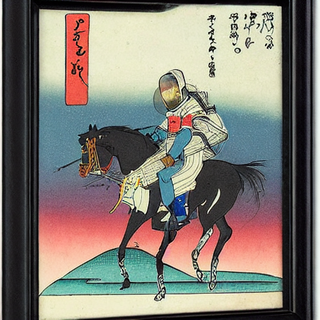A language model is a probabilistic model of a natural language. In 1980, the first significant statistical language model was proposed, and during the decade IBM performed ‘Shannon-style’ experiments, in which potential sources for language modeling improvement were identified by observing and analyzing the performance of human subjects in predicting or correcting text.

In machine learning, feature learning or representation learning is a set of techniques that allows a system to automatically discover the representations needed for feature detection or classification from raw data. This replaces manual feature engineering and allows a machine to both learn the features and use them to perform a specific task.
In natural language processing (NLP), a word embedding is a representation of a word. The embedding is used in text analysis. Typically, the representation is a real-valued vector that encodes the meaning of the word in such a way that the words that are closer in the vector space are expected to be similar in meaning. Word embeddings can be obtained using language modeling and feature learning techniques, where words or phrases from the vocabulary are mapped to vectors of real numbers.
Multimodal learning, in the context of machine learning, is a type of deep learning using a combination of various modalities of data, such as text, audio, or images, in order to create a more robust model of the real-world phenomena in question. In contrast, singular modal learning would analyze text or imaging data independently. Multimodal machine learning combines these fundamentally different statistical analyses using specialized modeling strategies and algorithms, resulting in a model that comes closer to representing the real world.
Neural machine translation (NMT) is an approach to machine translation that uses an artificial neural network to predict the likelihood of a sequence of words, typically modeling entire sentences in a single integrated model.

Artificial intelligence art is any visual artwork created through the use of an artificial intelligence (AI) program.

A transformer is a deep learning architecture developed by Google and based on the multi-head attention mechanism, proposed in a 2017 paper "Attention Is All You Need". Text is converted to numerical representations called tokens, and each token is converted into a vector via looking up from a word embedding table. At each layer, each token is then contextualized within the scope of the context window with other (unmasked) tokens via a parallel multi-head attention mechanism allowing the signal for key tokens to be amplified and less important tokens to be diminished. The transformer paper, published in 2017, is based on the softmax-based attention mechanism proposed by Bahdanau et. al. in 2014 for machine translation, and the Fast Weight Controller, similar to a transformer, proposed in 1992.
Synthetic media is a catch-all term for the artificial production, manipulation, and modification of data and media by automated means, especially through the use of artificial intelligence algorithms, such as for the purpose of misleading people or changing an original meaning. Synthetic media as a field has grown rapidly since the creation of generative adversarial networks, primarily through the rise of deepfakes as well as music synthesis, text generation, human image synthesis, speech synthesis, and more. Though experts use the term "synthetic media," individual methods such as deepfakes and text synthesis are sometimes not referred to as such by the media but instead by their respective terminology Significant attention arose towards the field of synthetic media starting in 2017 when Motherboard reported on the emergence of AI altered pornographic videos to insert the faces of famous actresses. Potential hazards of synthetic media include the spread of misinformation, further loss of trust in institutions such as media and government, the mass automation of creative and journalistic jobs and a retreat into AI-generated fantasy worlds. Synthetic media is an applied form of artificial imagination.
Bidirectional Encoder Representations from Transformers (BERT) is a language model based on the transformer architecture, notable for its dramatic improvement over previous state of the art models. It was introduced in October 2018 by researchers at Google. A 2020 literature survey concluded that "in a little over a year, BERT has become a ubiquitous baseline in Natural Language Processing (NLP) experiments counting over 150 research publications analyzing and improving the model."
Zero-shot learning (ZSL) is a problem setup in deep learning where, at test time, a learner observes samples from classes which were not observed during training, and needs to predict the class that they belong to. The name is a play on words based on the earlier concept of one-shot learning, in which classification can be learned from only one, or a few, examples.

DALL·E, DALL·E 2, and DALL·E 3 are text-to-image models developed by OpenAI using deep learning methodologies to generate digital images from natural language descriptions known as "prompts".
A vision transformer (ViT) is a transformer designed for computer vision. A ViT breaks down an input image into a series of patches, serialises each patch into a vector, and maps it to a smaller dimension with a single matrix multiplication. These vector embeddings are then processed by a transformer encoder as if they were token embeddings.
Prompt engineering is the process of structuring an instruction that can be interpreted and understood by a generative AI model. A prompt is natural language text describing the task that an AI should perform.

Stable Diffusion is a deep learning, text-to-image model released in 2022 based on diffusion techniques. It is considered to be a part of the ongoing artifical intelligence boom.

A text-to-image model is a machine learning model which takes an input natural language description and produces an image matching that description.
In machine learning, diffusion models, also known as diffusion probabilistic models or score-based generative models, are a class of latent variable generative models. A diffusion model consists of three major components: the forward process, the reverse process, and the sampling procedure. The goal of diffusion models is to learn a diffusion process that generates a probability distribution for a given dataset from which we can then sample new images. They learn the latent structure of a dataset by modeling the way in which data points diffuse through their latent space.

DreamBooth is a deep learning generation model used to personalize existing text-to-image models by fine-tuning. It was developed by researchers from Google Research and Boston University in 2022. Originally developed using Google's own Imagen text-to-image model, DreamBooth implementations can be applied to other text-to-image models, where it can allow the model to generate more fine-tuned and personalized outputs after training on three to five images of a subject.
A large language model (LLM) is a computational model notable for its ability to achieve general-purpose language generation and other natural language processing tasks such as classification. Based on language models, LLMs acquire these abilities by learning statistical relationships from text documents during a computationally intensive self-supervised and semi-supervised training process. LLMs can be used for text generation, a form of generative AI, by taking an input text and repeatedly predicting the next token or word.

Generative artificial intelligence is artificial intelligence capable of generating text, images, videos, or other data using generative models, often in response to prompts. Generative AI models learn the patterns and structure of their input training data and then generate new data that has similar characteristics.
Llama is a family of autoregressive large language models released by Meta AI starting in February 2023. The latest version is Llama 3 released in April 2024.







